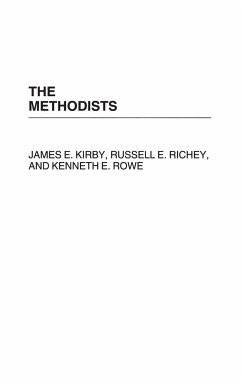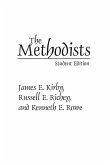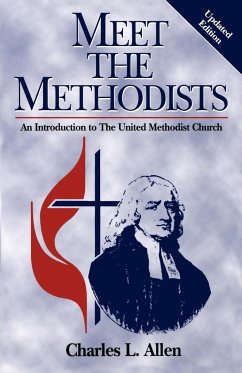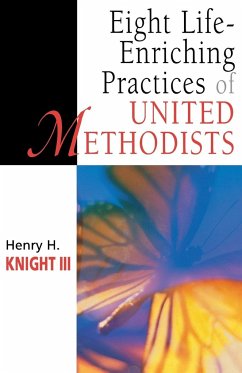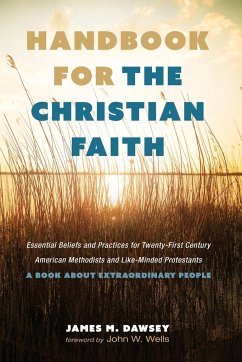Although this work takes proper notice of its origins in John Wesley's 18th-century movement in England, it assumes that in America the people called Methodists developed in distinctive fashion. The volume examines this American version, its organization, leadership, and form of training and incorporating new members. The authors treat Methodism as defined by conferences bound together by a commitment to episcopal leadership and animated by various forms of lay piety. Offering a fresh perspective based on sound, modern scholarship, this study will be of interest to scholars, students, and anyone interested in church history. American Methodists early organized into conferences that defined Methodist space and time and served as the locus of power. At the same time, they created a strong episcopal form of church government, subject to the body of preachers in conference, but free to lead and direct the organization as a whole. This mission was clear, well understood, and suited to the ethos of a growing America-to spread scriptural holiness in the land and to create a desire to flee from the wrath to come. By the middle of the 19th century, Methodists in America had grown from an insignificant sect to America's largest Protestant group. Essential to that growth were structures and processes of lay involvement, particularly class meetings and Sunday schools.
Hinweis: Dieser Artikel kann nur an eine deutsche Lieferadresse ausgeliefert werden.
Hinweis: Dieser Artikel kann nur an eine deutsche Lieferadresse ausgeliefert werden.

